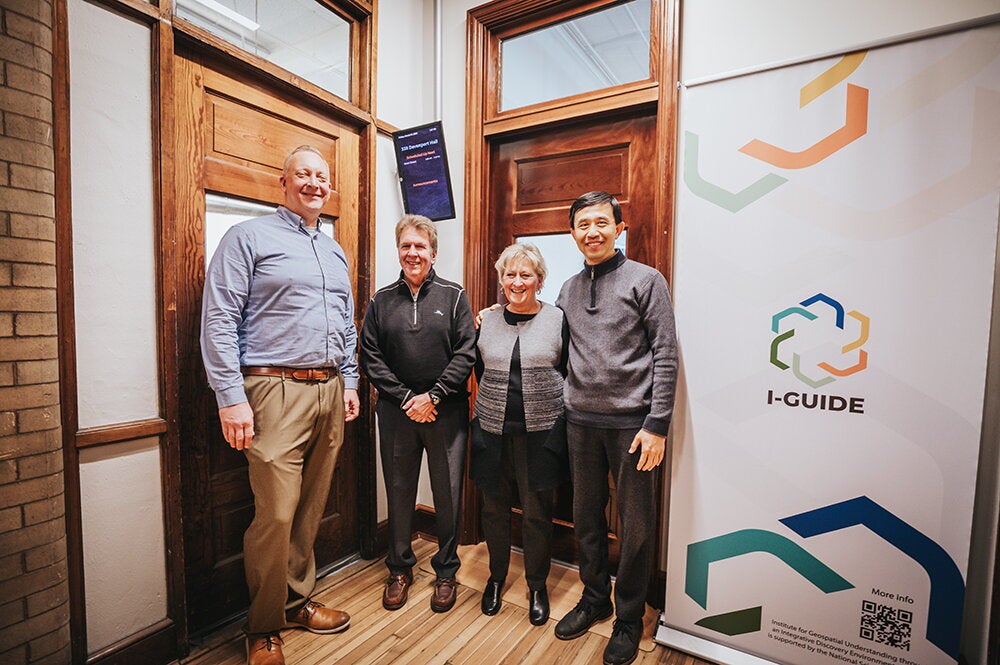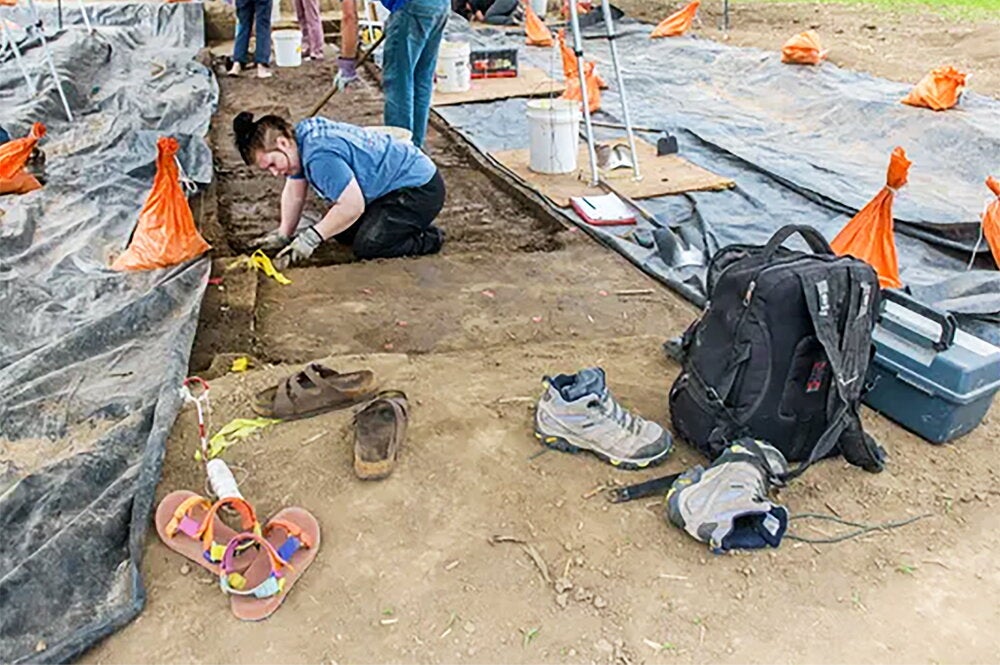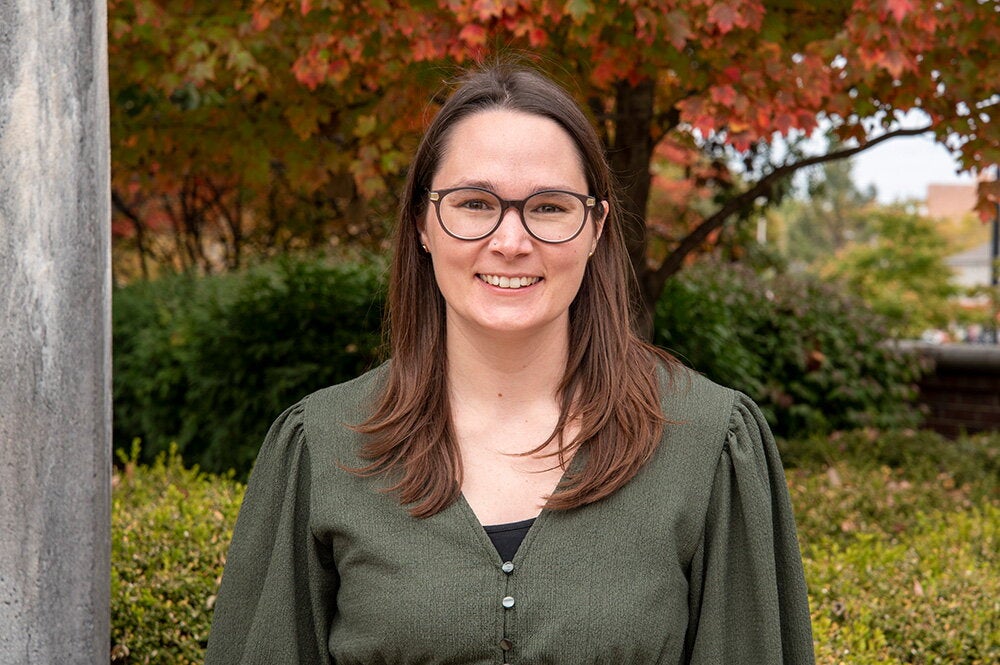
John Law doesn't model his life after insects, but these six-legged creatures have revealed much to him about what it means to be human.
John Law (PhD, '57, biochemistry) is a pioneer in the field of molecular entomology—a discipline that dissects insects, gene by gene, to understand the intricate biological pathways that govern everything from how ants alert each other to danger to how cockroaches produce eggs. Until Law came along, insects were regarded as second-class citizens in the hierarchy of biological research. Studies of vertebrate animals, which have more direct applications to human welfare, garnered more respect and funding. In the 1960s, Law first argued that insects could serve as models for human physiology. Decades later, few scientists or funding agencies would disagree.
Law was among the first scientists to study the insect juvenile hormone—the small molecule that mediates the transformation of caterpillars into moths. His team's detailed research on how moths emerge from cocoons has led to safer forms of pest control. Lipoproteins, which are involved in cardiovascular disease in humans, were first characterized, in insects, by Law's team.
Law described the chemical composition of royal jelly, a compound that "nurse bees" generate in their pharyngeal gland and feed to whichever worker bee has been chosen to become the queen. The jelly is primarily responsible for the bee's extraordinary transformation—queen bees are nearly twice the size of worker bees and live 40 times longer. The queen also produces 31 million eggs over the course of her lifetime. Although royal jelly does not impart health benefits to humans, as many health enthusiasts claim, Law's research has added appreciably to scientists' understanding of insect metabolism.
In high school, the Florida-born Law wanted to be a marine biologist. A teacher convinced him to pursue the more lucrative field of engineering. But a research assistantship at the University of Illinois with legendary chemist Herbert E. Carter and then, when he went to Harvard, a chance acquaintance with famed biologist E.O. Wilson, sent him down another path. The attraction for Law, who previously didn't see much difference between a shrimp and a cockroach, was in finding a niche where he could make a contribution.
Discovering something new is how Law gets his kicks. He likens scientific discovery to the thrill writers and musicians feel when they create art. He felt that elation in the 1960s when he first characterized insect lipoproteins. He felt it again with his work on the insect juvenile hormone. "He has set the standards for those of us who have followed," says John G. Hildebrand, a Regents Professor of Neurobiology at the University of Arizona.
Self-effacing and modest, Law does not consider his accomplishments extraordinary even if the National Academy of Sciences, the Entomological Society of America, and dozens of other honor-bestowing organizations disagree. "Any good biochemist could have done what I did," says Law.
But, of course, they didn't.


